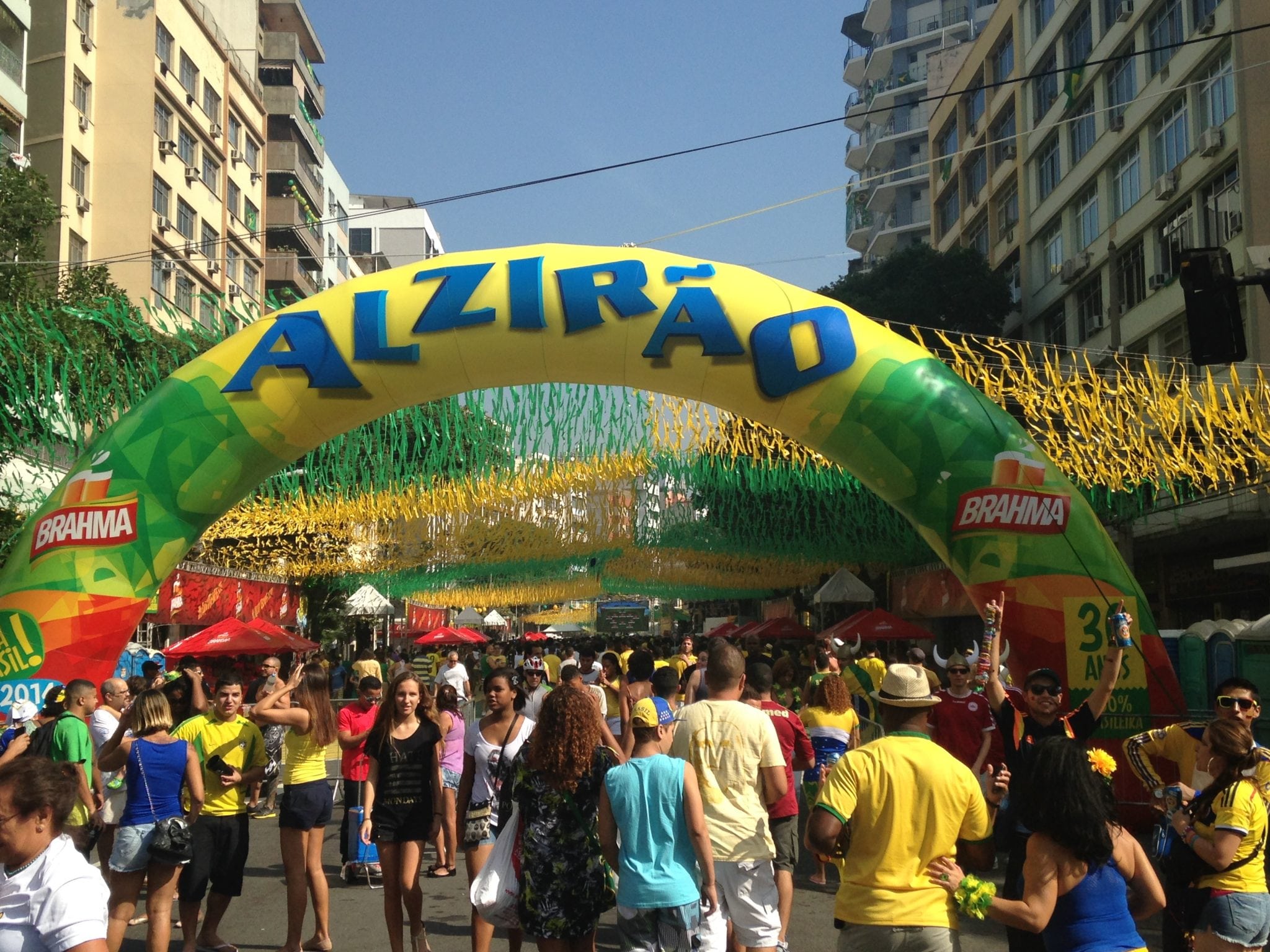Interview: Brazil's Tourism President on the World Cup Disaster That Wasn't

Skift Take
The World Cup went off without any of the disasters discussed in the run-up to the actual games providing a steady ground upon which Brazil can continue to build its tourism economy.
As the dust from the World Cup settles, Brazil and the one million tourists that visited the country finally have the time to look back on their experiences.
Statistically speaking, the games attracted one million foreign tourists (far above its 600,000 estimate), added about $13.5 billion to Brazil’s annual GDP, and encouraged the building or renovation of 12 new stadiums.
Although critics inside and outside of the country will continue to debate the economics of the games, Brazil delivered a tourist experience better than expected for anyone who read the news about lack of preparation and riots in the weeks and months prior to the games.
Brazil's tourism organization Embratur is already looking ahead to 2016 when the country will again host a global sporting events, but its newly instituted president Vincente Neto first talked to Skift about his perspective on the games.
Skift: After so many concer
